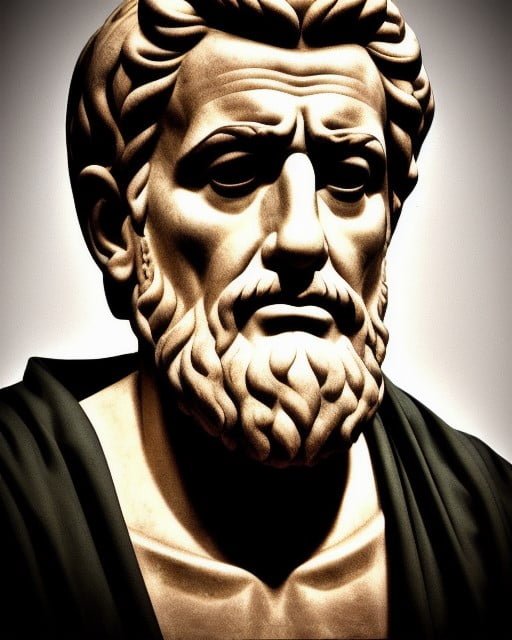Stoicism and Bhagavad Gita are two ancient philosophies that have transcended time and culture. They both offer a unique perspective on the human experience, and emphasize the importance of inner peace, resilience, and self-improvement. Stoicism is a Western school of thought that originated in ancient Greece, while Bhagavad Gita is an ancient Indian text that forms a part of the Hindu epic Mahabharata. In this article, we will compare and contrast Stoicism and Bhagavad Gita, exploring their similarities and differences.
Stoicism: A Philosophy of Inner Strength and Resilience
Stoicism is a philosophy that emphasizes the importance of self-discipline, rationality, and the acceptance of one’s fate. The Stoics believed that it was possible to achieve inner peace and resilience by practicing self-control and living in accordance with nature. According to Stoic philosophy, everything that happens in life is predetermined, and our role is to accept it with equanimity.
The Stoics believed that the highest good is virtue, which is achieved by living in accordance with reason and the natural order of things. They rejected the pursuit of pleasure, fame, and material possessions, arguing that they are fleeting and ultimately unsatisfying. Instead, they emphasized the importance of developing a strong sense of inner strength and resilience, which can help us navigate the ups and downs of life.
Stoicism is best known for its emphasis on the concept of “stoic calm.” This refers to the ability to remain calm and composed in the face of adversity, without becoming overwhelmed by one’s emotions. Stoicism teaches us to focus on what we can control and let go of what we cannot, which can help us develop a sense of inner peace and tranquility.
Bhagavad Gita: The Ancient Indian Text on Duty, Karma, and Liberation
Bhagavad Gita is an ancient Indian text that forms a part of the Hindu epic Mahabharata. It is a dialogue between the warrior Arjuna and his charioteer Krishna, who is an incarnation of the god Vishnu. Bhagavad Gita is a text that emphasizes the importance of fulfilling one’s duty (dharma), living in accordance with one’s station in life (varna), and achieving liberation (moksha) from the cycle of birth and death (samsara).
Bhagavad Gita teaches us that we should perform our duty without attachment to the fruits of our actions. We should act in accordance with our dharma, without being motivated by personal gain or desire. This can help us achieve a sense of detachment and inner peace, which is essential for spiritual growth and self-realization.
Bhagavad Gita also emphasizes the importance of karma, which is the law of cause and effect. According to this law, every action we take has consequences, and we are responsible for the outcome of our actions. Bhagavad Gita teaches us that we should act selflessly, without being motivated by personal gain or desire, in order to avoid negative karma and achieve spiritual growth.
Bhagavad Gita also teaches us that the ultimate goal of life is to achieve liberation (moksha) from the cycle of birth and death (samsara). This is achieved through self-realization and union with the divine. Bhagavad Gita teaches us that we should seek union with the divine through devotion (bhakti), selfless action (karma yoga), or knowledge (jnana yoga).
Stoicism and Bhagavad Gita are two ancient philosophies that offer valuable lessons for the modern world. Both emphasize the importance of inner peace, resilience, and self-improvement. While Stoicism focuses on the importance of reason and self-discipline, Bhagavad Gita emphasizes the importance of duty, karma, and spiritual growth. By following the teachings of both philosophies, we can develop a strong sense of inner strength and resilience, which can help us navigate the challenges of life with equanimity and grace.
